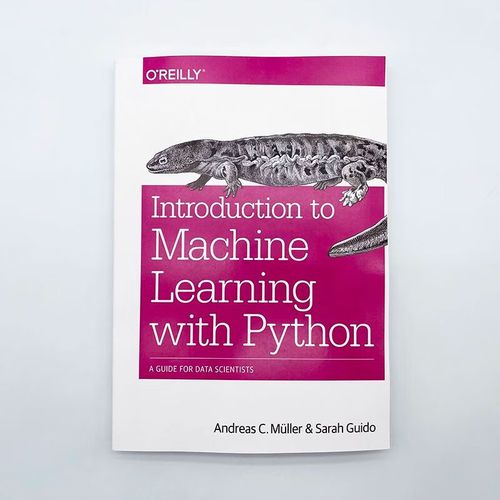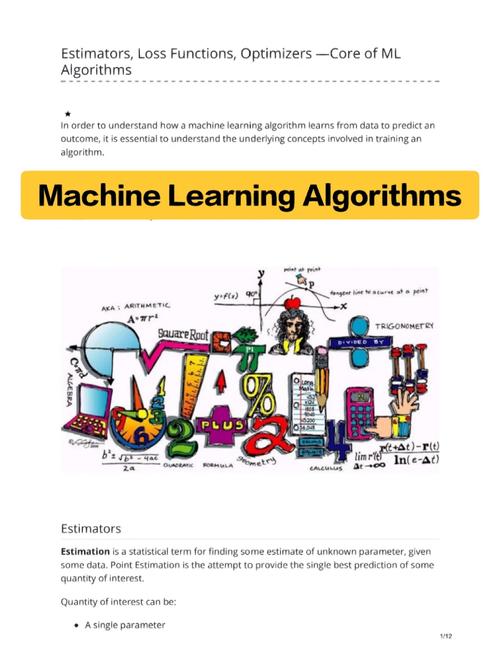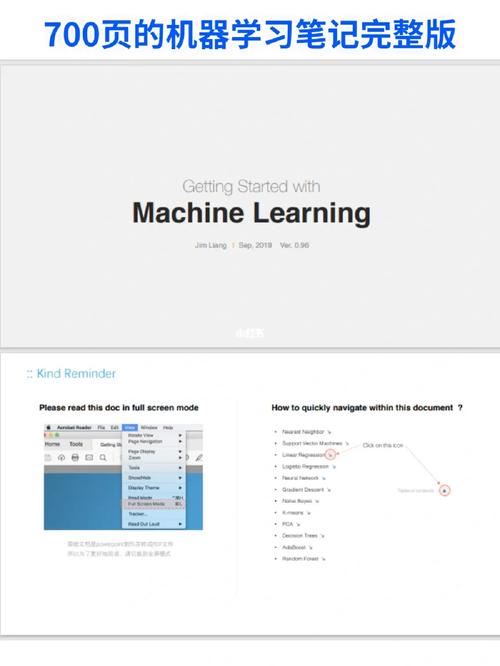机器学习英文,Introduction to Machine Learning
时间:2024-12-23阅读数:8
机器学习在英文中一般被称为 Machine Learning。
Introduction to Machine Learning

Machine learning (ML) is a branch of artificial intelligence (AI) that focuses on the development of computer programs that can access data and use it to learn for themselves. Unlike traditional software that is explicitly programmed to perform specific tasks, ML algorithms use statistical methods to enable machines to improve their performance on a specific task with experience.
Types of Machine Learning

There are several types of machine learning, each with its own set of algorithms and applications. Here are the most common types:
Supervised Learning: In supervised learning, the algorithm learns from a labeled dataset, meaning each data point is paired with an output label. The goal is to learn a mapping from inputs to outputs, so the algorithm can predict the output for new, unseen data.
Unsupervised Learning: Unsupervised learning algorithms are used when the data does not have labeled responses. The goal is to find structure in the data, such as grouping data points into clusters.
Reinforcement Learning: Reinforcement learning is a type of machine learning where an agent learns to make decisions by performing actions in an environment to achieve a goal. The agent learns from the consequences of its actions, which are represented as rewards or penalties.
Applications of Machine Learning
Machine learning has become an integral part of many industries and applications. Here are some of the most notable uses:
Healthcare: ML is used to analyze medical images, predict patient outcomes, and even assist in diagnosing diseases.
Finance: In finance, ML is used for fraud detection, credit scoring, and algorithmic trading.
Marketing: ML helps businesses personalize marketing campaigns, optimize pricing strategies, and predict customer behavior.
Manufacturing: ML is used to optimize production processes, predict equipment failures, and improve supply chain management.
Challenges in Machine Learning
While machine learning has made significant advancements, there are still several challenges that researchers and practitioners face:
Machine Learning Algorithms

There are numerous machine learning algorithms, each with its own strengths and weaknesses. Here are some of the most popular algorithms:
Logistic Regression: An extension of linear regression that is used for binary classification problems.
Support Vector Machines (SVM): A powerful algorithm that can be used for both classification and regression tasks.
Future of Machine Learning

The field of machine learning is rapidly evolving, and new techniques and applications are being developed all the time. Some of the future trends in machine learning include:
Edge Computing: Moving machine learning computations closer to the data source to reduce latency and improve efficiency.
Conclusion
Machine learning has the potential to revolutionize the way we live and work. By enabling computers to learn from data
本站所有图片均来自互联网,一切版权均归源网站或源作者所有。
如果侵犯了你的权益请来信告知我们删除。邮箱:[email protected]
猜你喜欢
-
机器学习 在线学习,敞开智能年代的学习之旅
机器学习在线课程引荐1.吴恩达的“机器学习”公开课渠道:Coursera言语:英语,供给中文字幕特色:这是最受欢迎的机器学习入...
2024-12-30AI -
机器学习小样本,机器学习中的高效处理方案
机器学习小样本问题是指在运用机器学习算法时,数据集的样本数量十分有限的状况。在传统的大数据年代,机器学习算法一般依赖于很多的数据来练习模型,然后进步模型的精确性...
2024-12-30AI -
ai归纳操练,从根底到进阶的全面攻略
1.图画辨认与分类:运用深度学习模型,如卷积神经网络(CNN),对图画进行分类,如辨认手写数字、动物、植物等。2.文本剖析:运用自然语言处理技术,如词嵌入、...
2024-12-30AI -
ai英语,AI技能怎么重塑英语学习体会
1.英语学习软件:许多英语学习软件都使用了AI技能,如智能语音辨认、自然言语处理和机器学习,来协助用户进步英语听、说、读、写才能。例如,Duolingo、Ro...
2024-12-30AI -
ai艺术字,构思无限,规划新潮流



AI艺术字一般指的是运用人工智能技能来规划和生成具有艺术感的字体。这种技能可以主动生成一起、构思和特性化的字体,为规划师供给更多挑选和构思。AI艺术字的运用规模广泛,包含平面规划、UI/UX规划、广告规划、网页规划等。在生成AI艺术字时,人工智能模型会依据输入的文本内容、风格偏好、字体类型等参数来生...。
2024-12-30AI